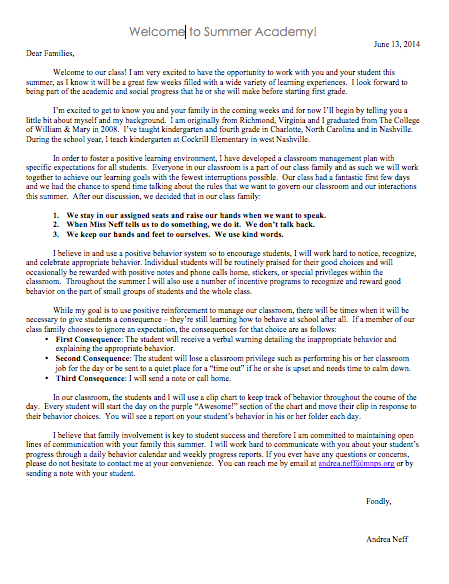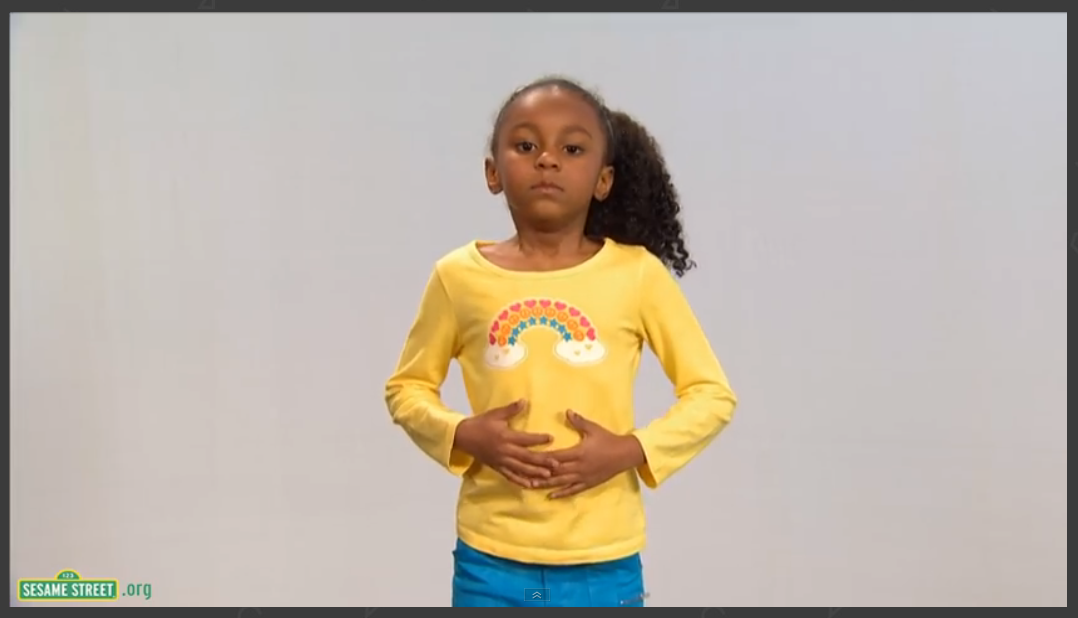One of our school wide priorities this week is increasing both the quality and the quantity of our family communication and engagement, so I thought I'd share a few resources that you and your teammates can tweak and use in your own rooms as needed.
Welcome Letters
Earlier this summer I sent home a welcome letter with a bit of information about me and our classroom. I like to send my welcome packets home at the end of the first week of school or the beginning of the second week of school for two reasons. First, families get bombarded with paperwork and notices at the start of the school year, so I like to hold off until they have a little more time to read and absorb the information. Second, I like to make sure that I've had a chance to talk with the kids about our rules and procedures and get our classroom culture established before I "finalize" my management plan by sending it home in writing.
 |
| Click the picture to download a copy. |
During the school year, I send home a welcome packet with a
letter,
FAQ sheet, and a
family survey. For the summer, I tweaked the letter bit and cut the FAQ sheet. I also added a Spanish version of the letter since a number of my kids' families prefer to communicate in Spanish. I based the translated version on Karen's kindergarten welcome letter (
here's the English version and
here's the Spanish version) and added to it with the help of Google Translate.
Weekly Progress Reports
While it's certainly important to introduce yourself and open the lines of communication, I think that families most appreciate ongoing information that they can count on. I rely on daily behavior calendars and weekly progress reports to share routine updates with my students' families. I supplement that written communication with phone calls and in person chats as family members drop off and pick up students throughout the week.
For the summer, I tweaked my weekly progress report template a bit and you can download an editable copy to personalize for your classroom. During the school year, I like to write the learning goal section of the progress report as I finalize my unit plans. I'm usually planned a month in advance - more on that later - and as soon as my unit is calendared, I put the objectives into my progress report template and run copies for the month. Then on Thursday afternoons, I just staple the kids' work to a blank sheet and use my tracker to mark their scores.
A Quick Note on Translations
During previous school years, I worked with a school district translator to have master templates made for the forms and documents I used most often - behavior calendars, weekly progress reports, field trip reminders, etc. - and then updated them as necessary with the help of friends and online translation services. If you teach students whose families speak another language at home, please reach out to our fantastic translators for support before the start of the year.
Because we don't have access to translation services this summer, I relied on Google Translate to create both of the templates that I've shared here, so I know the translation isn't perfect.
But, in my experience, perfect grammar and word choice is far less important than putting in the effort to communicate with families in the way that is most meaningful and comfortable for them.










